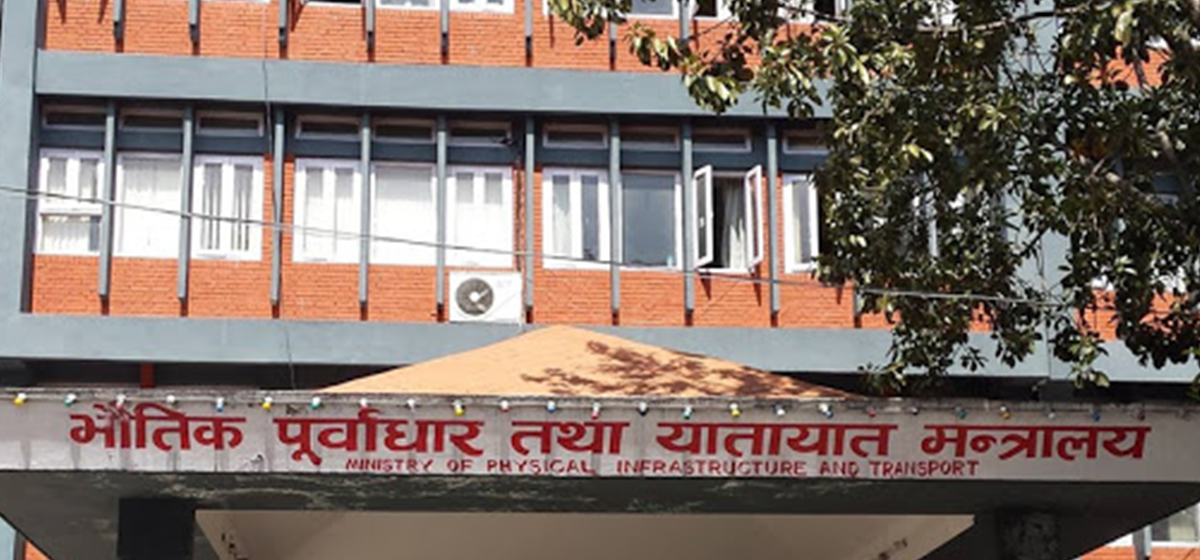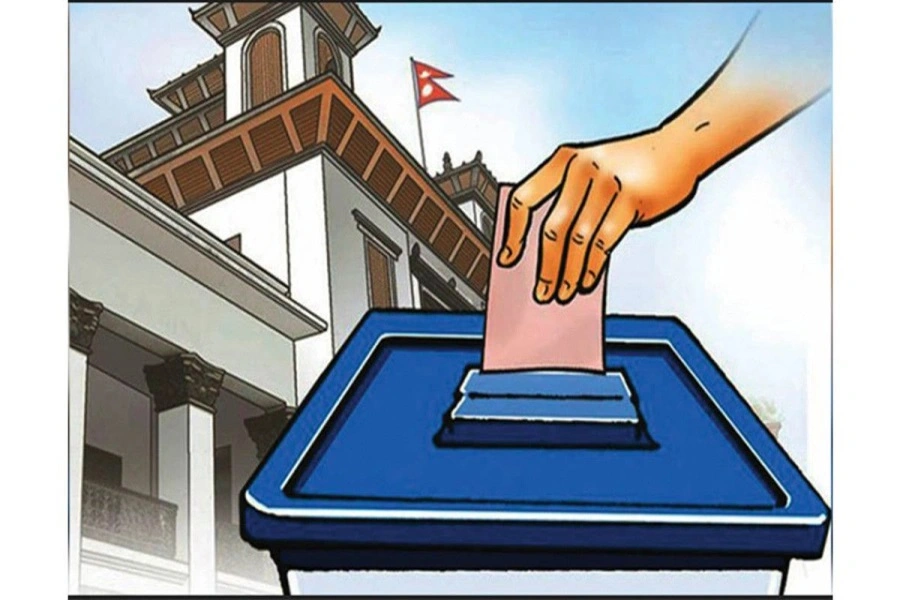Nobody can stop a force as fearsome as a flood. Floods damage or destroy more homes than any other natural disaster. You can protect yourself from flood hazards by taking measures to ensure the safety of life and property before, during, and after a flood occurs. If evacuation becomes necessary, be sure that you turn off all utility services at the main connection.
Follow these additional tips to further protect yourself:
Do not walk through flowing water: Drowning is the number one cause of flood deaths, mostly during flash floods. Currents can be deceptive; six inches of moving water can knock you off your feet. If you walk in standing water, use a pole or stick to see how deep the water is.
Do not drive through a flooded area: More people drown in their cars than anywhere else. Do not drive around road barriers; the road or bridges further down the road may be may be washed out.
Stay away from power lines and electrical wires: The number two flood killer after drowning is electrocution. Electric current can travel through water. Report downed power lines to the electricity provider or the county Emergency Management Office.
What to do during a flood
A flood can be scary, but try to stay calm. The most important thing is to keep your family safe, but if you have time:
1.Turn off utilities at the main power switch.
2. Move valuables, important papers and clothing to upper floors. If you have only one floor, put items on upper shelves, tables or countertops.
Road safety draft gathering dust at the Ministry of Transport f...

3.Sanitize your bathtub and sinks – and fill them with fresh, clean water in case the water supply becomes contaminated.
4.If you feel threatened by rising water, leave your home or move to upper floors.
5.Never try to drive through a flood. Six inches of water can cause loss of control and possible stalling.
6.If you're in your car when the water begins to rise quickly, abandon it and move to higher ground.
7.Don't walk through flood areas. Just 6 inches of water is enough to sweep you away.
8.Stay away from downed power lines.
What to do after a flood
1.After emergency officials have given permission to re-enter your home:
2.Check for structural damage before going inside.
3.If it’s dark, use a flashlight – not matches, a candle or a lighter.
4.Listen for reports to know when drinking water is safe again.
5.Don’t turn your power on until an electrician has inspected your system.
6.Use your cell phone or other camera to photograph damage, which can help get your claim started sooner.
7.Take inventory of damaged or destroyed items – again, to expedite your claim.
8.Begin initial cleanup as soon as waters recede, separating damaged from undamaged items.
9.Clean and disinfect everything that got wet.
10.When cleaning, wear a mask, gloves and coveralls to minimize exposure to possible hazardous materials.








































